Illiteracy in Yemen Just why can’t little Ahmed or Arwa read? [Archives:2002/42/Culture]
In a lecture hosted recently by Assaeed Cultural Foundation and organized by the National Organization for Fighting Illiteracy (NOFI), Dr. Abdullah Mohammed Al Qadasi has confirmed that the illiteracy situation in our country is considered a part of greater problem pertaining to educational deterioration in general. In a working paper on illiteracy situation in Yemen in 40 years, Dr. Al Qadasi, said that after the invasion was over in the south in 1976, illiteracy was 90 % while in the North it was higher.
After many campaigns for fighting and eradicating illiteracy, it was reduced to 46.2 % in 1973 but in the north the percentage was 88.2 % according to 1975 statistics. According to 1994 statistics illiterate people number was esteemed at (6.381.150) that’s 56 % while female illiteracy increased to reach 90.5 % in the rural areas and 55 % among the labor force. On the other hand, the year 1996 is considered the beginning of deterioration in fighting illiteracy as a natural reaction to the decline in education in general and decline in number of children who joined schools. The number of truants also has been increased adding to the illiteracy rates which may be due to shortage in education expenditure, political disputes and politicizing education, and deteriorating situation of illiteracy eradication teachers who get about 10500 rials a month. The other reasons can be pertaining to unemployment among graduated students and monopolizing public jobs. The recommendations can be summarized as opening more illiteracy eradication centers, forcing secondary school graduates to teach in eradication centers, invite political parties and NGOs to take part in eradicating illiteracy among adults, opening two sections at Taiz University for eradicating adult illiteracy and women’s education as well as executing the national strategy for illiteracy eradication.
——
[archive-e:42-v:2002-y:2002-d:2002-10-14-p:./2002/iss42/culture.htm]


